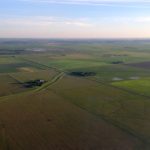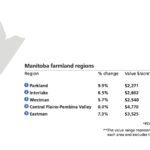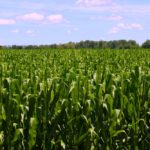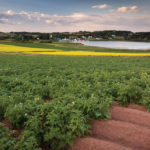Farmland values across Canada increased by an average of 6.6 per cent in 2018, according to a recently published report by Farm Credit Canada (FCC). Average farmland values increased across all Prairie provinces. Saskatchewan and Alberta saw the highest average increase, both at 7.4 per cent, while Manitoba was below the national average at 3.7










